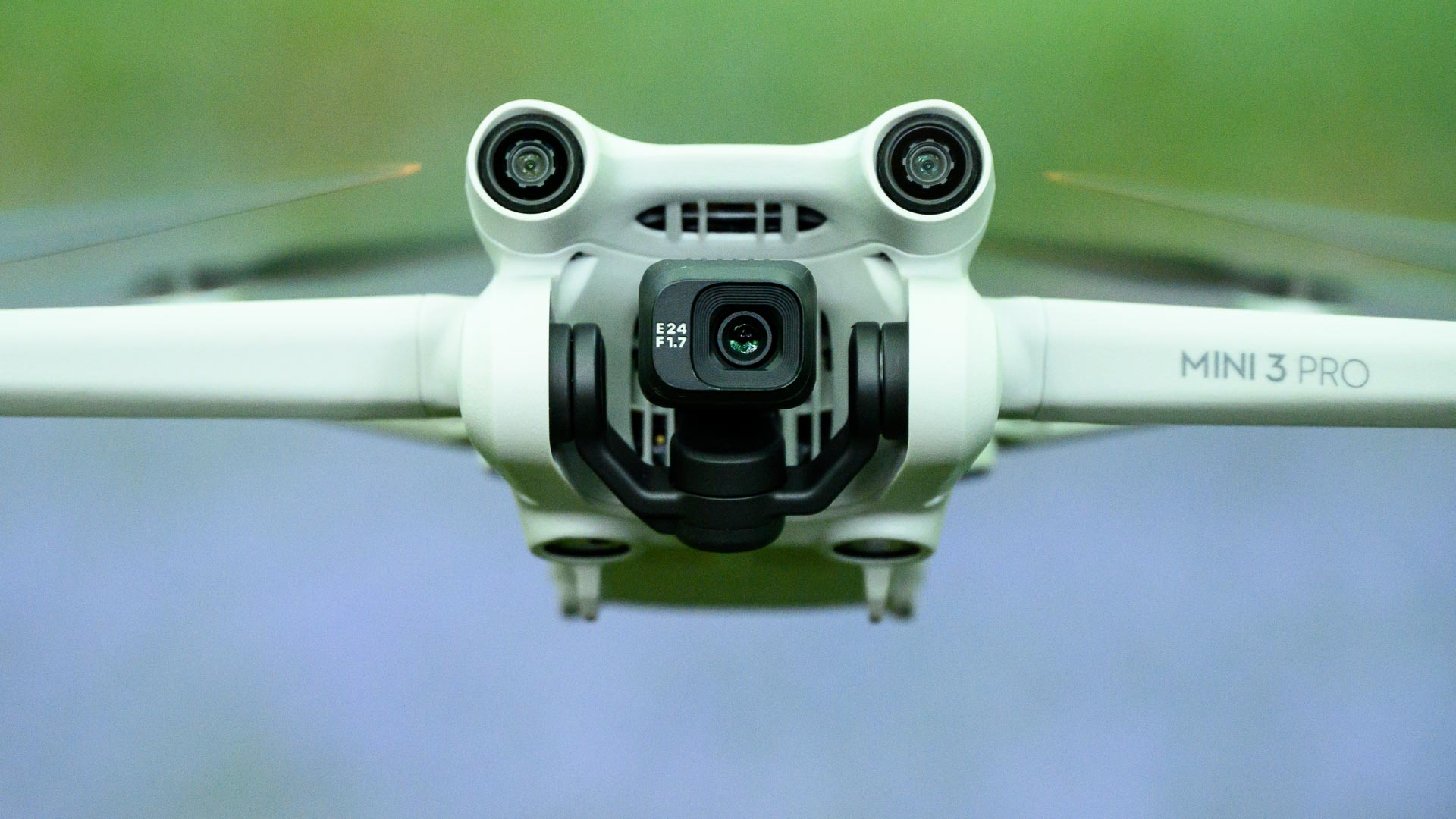

Modern drones are incredibly easy to fly, and with sub-250g craft like the DJI Mini 3 Pro there are few concerns about where to fly. The average drone-mounted gimbal also does a great job of keeping the camera steady, so you get smooth video and sharp stills that you can’t wait to share.
However there are still a few tricks of the trade that are worth knowing to ensure you get the very best results. Below our top 3 tips to get the best out of your drone; if you don't have a drone yet, our guides to the best drone and the best drone for beginners will see you right, whatever your experience level.
1. Take control of the camera

When you use the camera’s automatic settings it will attempt to get an even exposure across the frame and very bright areas like the sun and sky can trick it into underexposing the darker main subject. Also, as you fly from a dark to a light area, or vice-versa, the camera adjusts to compensate. Sometimes this can work well, but it can also look amateurish. It’s better to set the exposure yourself so it won’t change, and then only adjust it of you feel the image or footage needs it.
Similarly, it’s a good idea to take control of the white balance setting, which governs how warm or cool your image and video look. In auto white balance mode the colours can change when you fly in and out of shade, but in manual mode you’ll get a fixed look that’s more cinematic and the warm tones of sunrise or sunset won’t get bleached out.
2. Use ND filters
Lots of drones, including the DJI Mini 3 Pro, have a large fixed aperture, which means that you often have to push the shutter speed up very high to get the exposure right. The problem is that using a fast shutter speed can make video look ‘choppy’ and ideally, you should use a shutter speed that’s twice the frame rate of the video. So if you’re shooting at 30fps, you need to set a shutter speed of 1/60sec. And if you’re shooting at 60fps, you should set a shutter speed of 1/120sec.
But how to you do that in bright sunlight? A neutral density filter is the answer. These handily little devices are available in a range of ‘strengths’ and mount on the front of the camera lens to reduce the amount of light entering the camera so you can use a slower shutter speed. Crucially, a good neutral density filter won’t affect the colour of your footage.
Because the shape and size of the cameras on drones varies, you need to ensure you get a set of filters that are specifically designed for use on your drone.
Get all the latest news, reviews, deals and buying guides on gorgeous tech, home and active products from the T3 experts
3. Keep it simple and slow
Lots of fast, haphazard and jerky movement makes the footage you capture harder to watch, and in some cases it can even be nauseating. Instead, aim to keep things simple, think through your flightpath before setting off and make smooth, gentle movements at fairly low speed. DJI drones feature a Cinematic mode that smooths out the movements that you make and extends the acceleration and braking times so that the footage looks better - it’s a great tool for videographers.
If you’re shooting stills, don’t shoot on the move unless you really have to, stop the drone and take the shot when it’s motionless.
Angela has been Amateur Photographer magazine’s Technical Editor and Head of Testing for Future’s photography portfolio. She’s a widely respected editor, writer and reviewer as well as a CAA-qualified drone pilot.
